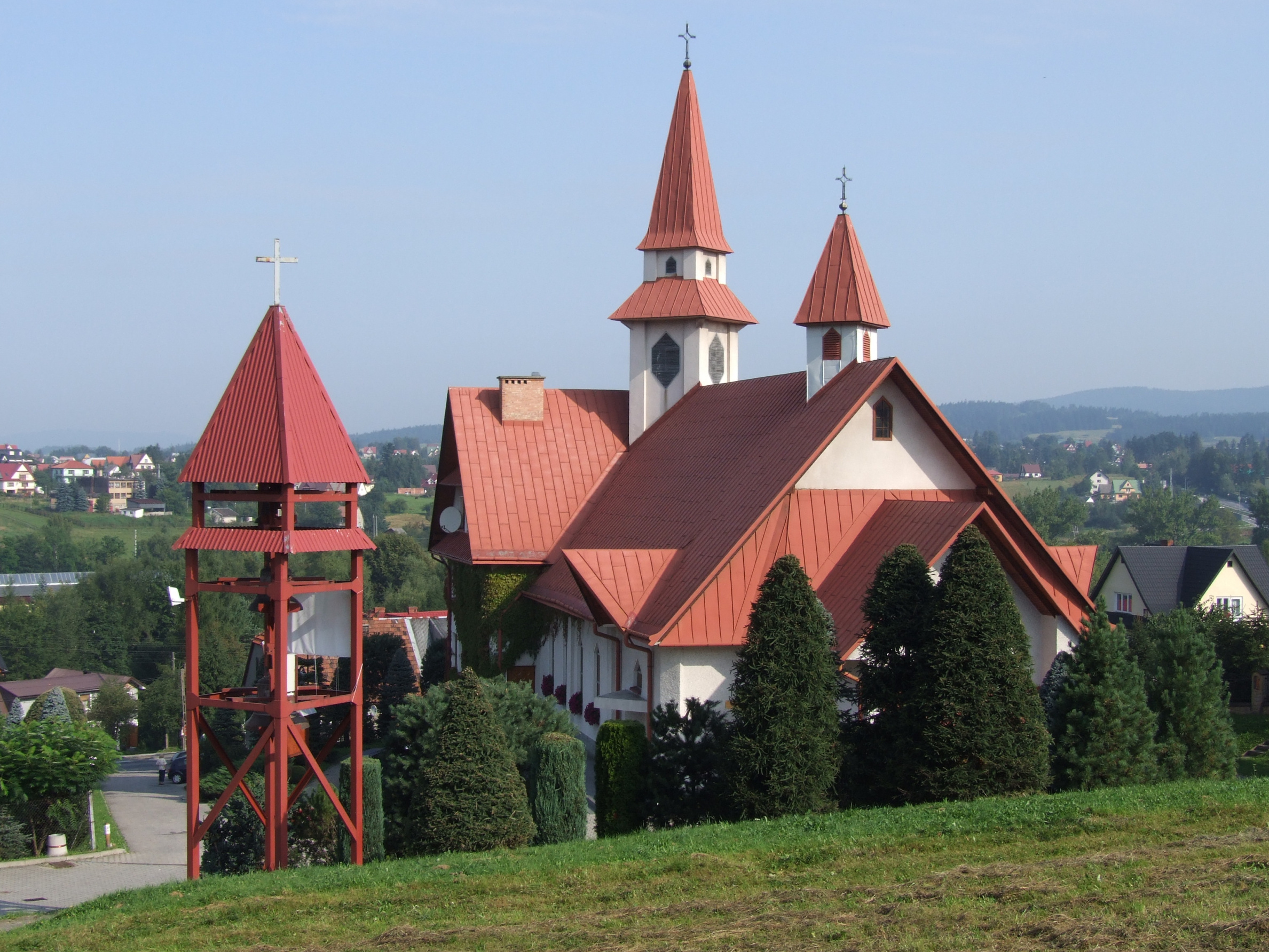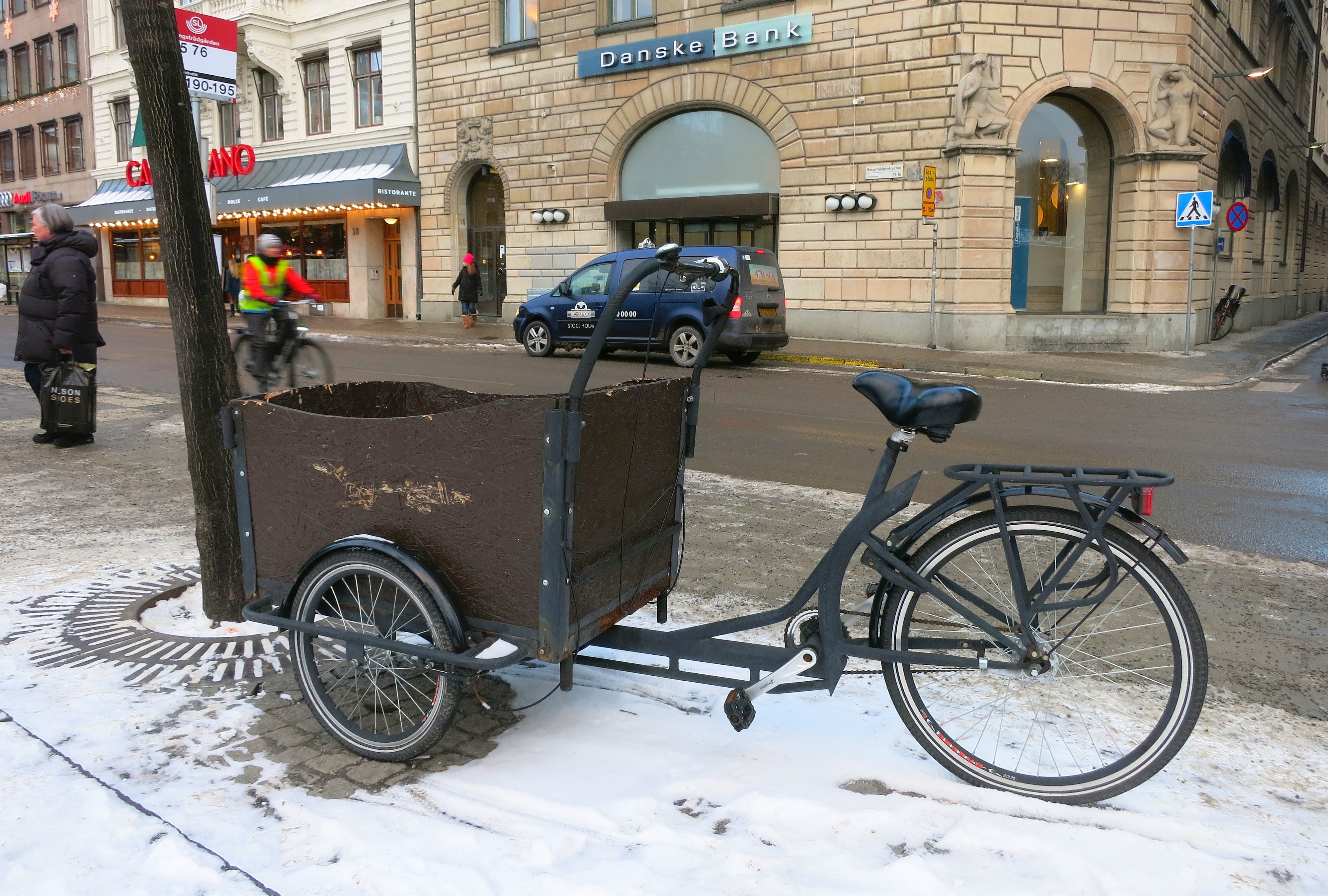|
Liberation Class
The Liberation Class was a class of 2-8-0 steam locomotives designed for heavy freight work in post-Second World War Europe. 120 were built by the Vulcan Foundry of Newton-le-Willows in 1946. Design They shared some features with the earlier WD Austerity 2-8-0 and WD Austerity 2-10-0 which in turn had been based on the LMS Stanier Class 8F. They were however built to the continental loading gauge, but the design was intended to last, not a short-term ''kriegslok''. Distribution Ten went to Luxembourg and the rest to Eastern Europe. The United Nations Relief and Rehabilitation Administration distributed them as follows: * 10 to as Luxembourg as CFL class 47 * 65 to Yugoslavia as JŽ class 38; Đuro Đaković built 10 more 1957–1958 * 30 to Poland as PKP class Tr202 * 15 Czechoslovakia as ČSD class 459.0 Preservation One liberation class locomotive remains in Krakow, Poland TR202-19 built in 1946. A second (also not in working condition) is in Jaworzyna Slask, Lower ... [...More Info...] [...Related Items...] OR: [Wikipedia] [Google] [Baidu] |
Chabówka
Chabówka is a village located on the outskirts of the southern Polish town of Rabka, in the Nowy Targ County, Lesser Poland Voivodeship. With population of 1,600 (as for 2006), Chabówka is a popular tourist attraction because of its location near the Gorce Mountains featuring Gorce National Park. It also is an important rail junction, placed along the main line from Kraków to Zakopane, with another connection, to Nowy Sącz, beginning in Chabówka. Near the rail station there is a railway museum, with many examples of Polish-operated locomotives and rail cars. Chabówka shares its name with the northern Slovak village and municipality of Habovka in the Žilina Region. This is because the first settlers of Habovka came from the Polish Polish may refer to: * Anything from or related to Poland, a country in Europe * Polish language * Poles, people from Poland or of Polish descent * Polish chicken *Polish brothers (Mark Polish and Michael Polish, born 1970), American twin scre ... [...More Info...] [...Related Items...] OR: [Wikipedia] [Google] [Baidu] |
United Nations Relief And Rehabilitation Administration
United Nations Relief and Rehabilitation Administration (UNRRA) was an international relief agency, largely dominated by the United States but representing 44 nations. Founded in November 1943, it was dissolved in September 1948. it became part of the United Nations in 1945. Its purpose was to "plan, co-ordinate, administer or arrange for the administration of measures for the relief of victims of war in any area under the control of any of the United Nations through the provision of food, fuel, clothing, shelter and other basic necessities, medical and other essential services". Its staff of civil servants included 12,000 people, with headquarters in New York. Funding came from many nations, and totalled $3.7 billion, of which the United States contributed $2.7 billion; Britain, $625 million; and Canada, $139 million. UNRRA cooperated closely with dozens of volunteer charitable organizations, who sent hundreds of their own staff to work alongside UNRRA. In operation for only four ... [...More Info...] [...Related Items...] OR: [Wikipedia] [Google] [Baidu] |
Steam Locomotives Of Yugoslavia
Steam is a substance containing water in the gas phase, and sometimes also an aerosol of liquid water droplets, or air. This may occur due to evaporation or due to boiling, where heat is applied until water reaches the enthalpy of vaporization. Steam that is saturated or superheated is invisible; however, "steam" often refers to wet steam, the visible mist or aerosol of water droplets formed as water vapor condenses. Water increases in volume by 1,700 times at standard temperature and pressure; this change in volume can be converted into mechanical work by steam engines such as reciprocating piston type engines and steam turbines, which are a sub-group of steam engines. Piston type steam engines played a central role in the Industrial Revolution and modern steam turbines are used to generate more than 80% of the world's electricity. If liquid water comes in contact with a very hot surface or depressurizes quickly below its vapor pressure, it can create a steam explosion. T ... [...More Info...] [...Related Items...] OR: [Wikipedia] [Google] [Baidu] |
Steam Locomotives Of Czechoslovakia
Steam is a substance containing water in the gas phase, and sometimes also an aerosol of liquid water droplets, or air. This may occur due to evaporation or due to boiling, where heat is applied until water reaches the enthalpy of vaporization. Steam that is saturated or superheated is invisible; however, "steam" often refers to wet steam, the visible mist or aerosol of water droplets formed as water vapor condenses. Water increases in volume by 1,700 times at standard temperature and pressure; this change in volume can be converted into mechanical work by steam engines such as reciprocating piston type engines and steam turbines, which are a sub-group of steam engines. Piston type steam engines played a central role in the Industrial Revolution and modern steam turbines are used to generate more than 80% of the world's electricity. If liquid water comes in contact with a very hot surface or depressurizes quickly below its vapor pressure, it can create a steam explosion. Types ... [...More Info...] [...Related Items...] OR: [Wikipedia] [Google] [Baidu] |
Railway Locomotives Introduced In 1946
Rail transport (also known as train transport) is a means of transport that transfers passengers and goods on wheeled vehicles running on rails, which are incorporated in Track (rail transport), tracks. In contrast to road transport, where the vehicles run on a prepared flat surface, rail vehicles (rolling stock) are directionally guided by the tracks on which they run. Tracks usually consist of steel rails, installed on Railroad tie, sleepers (ties) set in track ballast, ballast, on which the rolling stock, usually fitted with metal wheels, moves. Other variations are also possible, such as "slab track", in which the rails are fastened to a concrete foundation resting on a prepared subsurface. Rolling stock in a rail transport system generally encounters lower friction, frictional resistance than rubber-tyred road vehicles, so passenger and freight cars (carriages and wagons) can be coupled into longer trains. The rail transport operations, operation is carried out by a ... [...More Info...] [...Related Items...] OR: [Wikipedia] [Google] [Baidu] |
Vulcan Foundry Locomotives
Vulcan may refer to: Mythology * Vulcan (mythology), the god of fire, volcanoes, metalworking, and the forge in Roman mythology Arts, entertainment and media Film and television * Vulcan (''Star Trek''), name of a fictional race and their home planet and language in the ''Star Trek'' franchise * Black Vulcan, a fictional African American superhero on the animated series ''Super Friends'' * Kamen Rider Vulcan, a character in the series ''Kamen Rider Zero-One'' * Vulcan, a fictional planet in the ''Doctor Who'' season '' The Power of the Daleks'' Print * ''Vulcan'' (Fleetway), a 1975–1976 IPC Comic * Vulcan (DC Comics), a fictional character * Vulcan (Marvel Comics), a fictional supervillain * ''Vulcan!'', a 1978 ''Star Trek'' novel by Kathleen Sky * ''The Vulcan'', a magazine from various organizations within the Young Fine Gael * ''Vulcan'', a gay pornography magazine, made famous in a High Court test case by serial killer Dennis Nilsen * Vulcan, a fictional series of ar ... [...More Info...] [...Related Items...] OR: [Wikipedia] [Google] [Baidu] |
Freight Locomotives
Cargo consists of bulk goods conveyed by water, air, or land. In economics, freight is cargo that is transported at a freight rate for commercial gain. ''Cargo'' was originally a shipload but now covers all types of freight, including transport by rail, van, truck, or intermodal container. The term cargo is also used in case of goods in the cold-chain, because the perishable inventory is always in transit towards a final end-use, even when it is held in cold storage or other similar climate-controlled facility. The term freight is commonly used to describe the movements of flows of goods being transported by any mode of transportation. Multi-modal container units, designed as reusable carriers to facilitate unit load handling of the goods contained, are also referred to as cargo, especially by shipping lines and logistics operators. Similarly, aircraft ULD boxes are also documented as cargo, with an associated packing list of the items contained within. When empty contain ... [...More Info...] [...Related Items...] OR: [Wikipedia] [Google] [Baidu] |
Czechoslovakia
, rue, Чеськословеньско, , yi, טשעכאסלאוואקיי, , common_name = Czechoslovakia , life_span = 1918–19391945–1992 , p1 = Austria-Hungary , image_p1 = , s1 = Czech Republic , flag_s1 = Flag of the Czech Republic.svg , s2 = Slovakia , flag_s2 = Flag of Slovakia.svg , image_flag = Flag of Czechoslovakia.svg , flag = Flag of Czechoslovakia , flag_type = Flag(1920–1992) , flag_border = Flag of Czechoslovakia , image_coat = Middle coat of arms of Czechoslovakia.svg , symbol_type = Middle coat of arms(1918–1938 and 1945–1961) , image_map = Czechoslovakia location map.svg , image_map_caption = Czechoslovakia during the interwar period and the Cold War , national_motto = , anthems = ... [...More Info...] [...Related Items...] OR: [Wikipedia] [Google] [Baidu] |




